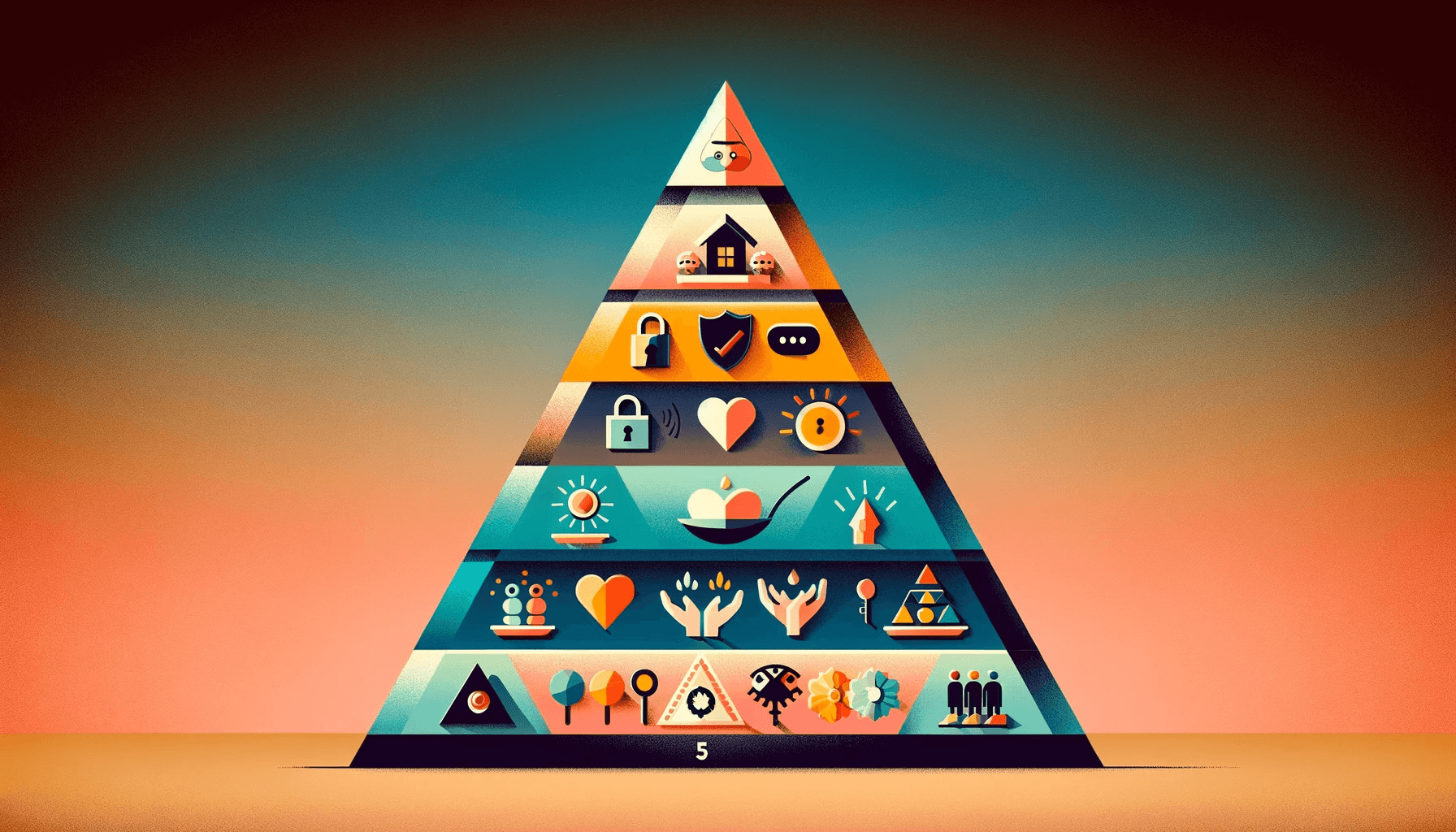Sponsor Awaken Your Great Self
Table of Contents
What is Social Hierarchy?
Social hierarchy is an inherent aspect of human society, defining individuals’ relationships and power dynamics. From ancient civilizations to modern-day cultures, social hierarchies have played a significant role in shaping our lives. This article will delve into the intricacies of social hierarchy, exploring its different levels, impact on individuals and society, and strategies for navigating and thriving within a complex social landscape.
Understanding the Different Levels of Social Hierarchy
Social hierarchy consists of various levels, each with norms, expectations, and privileges. The elites are at the top of the hierarchy and wield significant power and influence over society. Below them are the middle class, followed by the working class, and finally, the marginalized groups who often face discrimination and exclusion.
The levels of social hierarchy are not fixed, and individuals can move up or down depending on factors such as wealth, education, and social connections. Understanding these levels is crucial for navigating the social landscape effectively and making informed decisions to improve one’s position.
The Impact of Social Hierarchy on Individuals and Society
Social hierarchy has a profound impact on both individuals and society as a whole. At an individual level, it can determine one’s access to resources, opportunities, and social support. Those at the top of the hierarchy often enjoy better education, healthcare, and job prospects, while those at the bottom face systemic barriers and limited opportunities.
On a societal level, social hierarchy can perpetuate inequality, leading to social unrest and division. It creates a sense of superiority among the privileged and fosters a culture of discrimination and prejudice toward marginalized groups. Recognizing and addressing the impact of social hierarchy is crucial for creating a more just and equitable society.
Strategies for Navigating Social Hierarchies
Navigating social hierarchies can be challenging, but individuals can thrive and overcome barriers with the right strategies. Firstly, developing self-awareness and understanding one’s position within the hierarchy is essential. This self-assessment allows individuals to identify their strengths and weaknesses, enabling them to leverage their skills and work towards upward mobility.
Building social connections and networks is another effective strategy for navigating social hierarchies. By cultivating relationships with individuals from different backgrounds and levels of the hierarchy, one can gain access to new opportunities, knowledge, and support. Networking events, professional organizations, and community engagement can serve as platforms for building meaningful connections.
Additionally, it is crucial to invest in personal development and education. Acquiring new skills, knowledge, and qualifications can enhance one’s employability and increase the chances of upward mobility within the social hierarchy. Continuous learning and self-improvement are vital for adapting to the changing dynamics of the complex social landscape.
Overcoming Challenges in a Complex Social Landscape
Navigating a complex social landscape comes with its fair share of challenges. Overcoming these challenges requires resilience, perseverance, and a proactive mindset. One common challenge is the fear of rejection or exclusion. Individuals may hesitate to step out of their comfort zones and interact with those from different social backgrounds due to the fear of judgment or not fitting in. It is important to overcome this fear and embrace diversity to expand one’s horizons.
Another challenge is the existence of implicit biases and stereotypes within social hierarchies. These biases can create barriers for individuals, especially those from marginalized groups, hindering their progress and opportunities. Challenging these biases and advocating for inclusivity is crucial for breaking down social barriers and creating a more equitable society.
Building Social Connections and Networks
Building social connections and networks is a key strategy for navigating social hierarchies. By actively engaging with diverse groups of people, individuals can broaden their perspectives, gain access to new opportunities, and create a support system. Attending networking events, joining professional organizations, and participating in community activities can facilitate building meaningful connections.
When building social connections, it is essential to approach relationships with authenticity and respect. Engage in active listening, show genuine interest in others’ experiences, and be open to learning from different perspectives. By building trust and mutual understanding, individuals can foster long-lasting connections that contribute to their personal growth and success within the social hierarchy.
Empowering Oneself Within a Social Hierarchy
Empowering oneself within a social hierarchy requires a combination of self-belief, assertiveness, and strategic decision-making. It is important to recognize and celebrate one’s unique strengths and talents. Embracing these qualities allows individuals to assert their value and contribute meaningfully within their social sphere.
Developing assertiveness skills is also crucial for navigating social hierarchies. It involves expressing one’s thoughts, opinions, and boundaries respectfully and confidently. By being assertive, individuals can establish their presence, influence others positively, and create opportunities for themselves.
Strategic decision-making plays a significant role in empowering oneself within the social hierarchy. It involves identifying and seizing opportunities that align with one’s goals and values. Making informed decisions based on a thorough understanding of the social landscape can lead to upward mobility and personal growth.
Breaking Down Social Barriers and Promoting Inclusivity
Breaking down social barriers and promoting inclusivity is essential for creating a more equitable society. This requires collective effort and a commitment to challenging discriminatory practices and beliefs. Education and awareness play a vital role in dismantling social hierarchy and promoting inclusivity.
Educational institutions should prioritize teaching empathy, cultural competency, and critical thinking to foster an inclusive mindset among future generations. Society should actively engage in conversations about privilege, bias, and discrimination to increase awareness and promote empathy.
Promoting inclusivity also involves creating policies and practices that ensure equal opportunities for all individuals, regardless of their social status. Employers can implement diversity and inclusion initiatives, governments can develop policies that address systemic inequalities, and communities can come together to support marginalized groups.
The Role of Education and Awareness in Dismantling Social Hierarchy
Education and awareness are powerful tools in dismantling social hierarchy and promoting a more equitable society. Educating individuals about the impact of social hierarchy, its historical context, and the consequences of discrimination can foster a collective understanding and drive positive change.
Awareness campaigns, workshops, and educational programs can raise awareness about social hierarchy and the need for inclusivity. These initiatives should challenge stereotypes, promote empathy, and encourage active engagement in dismantling social barriers.
Conclusion: Embracing Diversity and Creating a More Equitable Society
Navigating and thriving within a complex social landscape requires understanding social hierarchy, strategic decision-making, and a commitment to inclusivity. By building social connections, empowering oneself, and challenging social barriers, individuals can navigate social hierarchies effectively and create opportunities for personal growth.
Furthermore, education and awareness are pivotal in dismantling social hierarchy and promoting inclusivity. By fostering empathy, challenging biases, and advocating for equal opportunities, we can create a more equitable society where everyone has the chance to thrive. Embracing diversity and breaking down social barriers will benefit individuals and contribute to a more harmonious and inclusive world. Let us all take action towards creating a society that celebrates and embraces the unique qualities of each individual.






